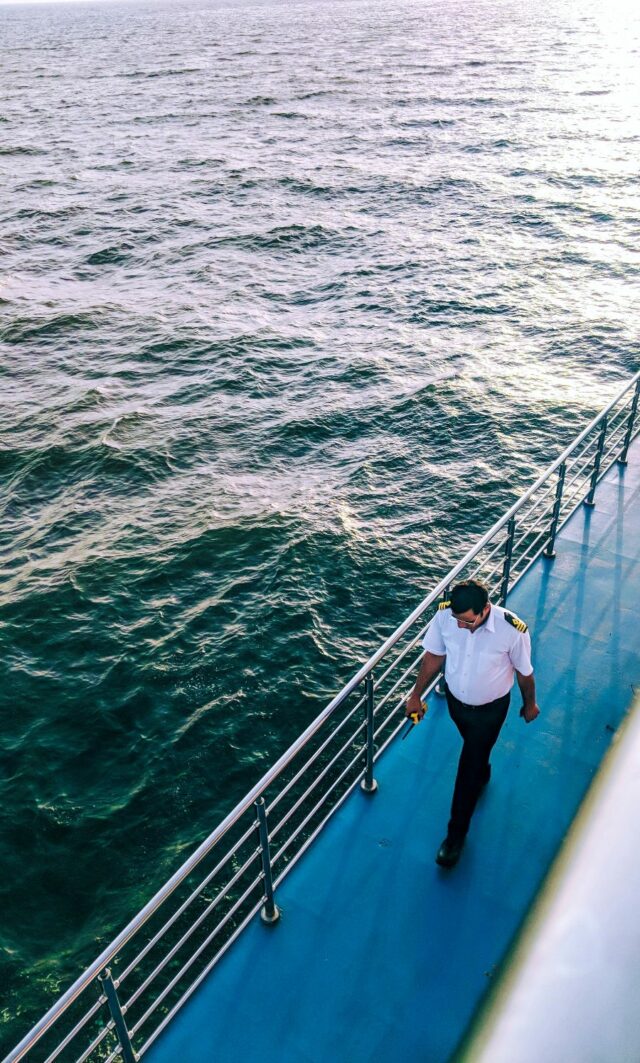Demand for Filipino seafarers still high, but quality of training is dipping – BusinessWorld Online

The Philippines risks losing out on seafaring jobs if the quality of training in local maritime schools continues to dip, according to experts.
“Is there still a demand for Filipino seafarers? The answer is a big yes,” said Jøran Nøstvik, a captain and global owner’s representative of Noatun Maritime, a crew assessment and development services company.
The demand, however, has been difficult to fill: Noatun Maritime recruited 400 local applicants at one point, but only two passed its screening.
At a May 26 joint maritime committee meeting by the German-Philippine Chamber of Commerce and Industry (GPCCI), Mr. Nøstvik recommended developing senior crew officers; developing ratings for crew roles such as fitters, bosuns, and pumpmen; tapping senior crew officers to serve as part-time school instructors; and creating more government-owned maritime schools.
“If we invest and spend more time and money on this, the return on investment will be three months after the [trained crew] has onboarded,” he said.
Shipping companies that have compensated for substandard training by implementing their own bridging programs bear “a responsibility for the sad state of affairs,” said Tore Henriksen, chair of GPCCI’s joint maritime committee.
“The schools never had to deliver — because we have accepted that it’s substandard,” he said.
In Europe, incompetent applicants aren’t accepted in the first place, said Mr. Nøstvik.
According to the European Maritime Safety Agency Outlook for 2020, the Philippines leads non-European Union countries in the number of officers working on EU-flagged vessels, with a total of 30,615.
Ship management companies want quality labor and not cheap labor, according to a 2022 survey reported by Splash, a maritime news site.
The Philippines, known to be the seafaring capital of the world, had a total of 217,223 seafarers deployed overseas in 2020 — a drop of 54% from the 2019 figure.
In October 2018, the Maritime Industry Authority (MARINA) submitted proof of its compliance with the recommendations for Philippine maritime education given by the European Maritime Safety Agency (EMSA).
In the same year, both the agency and the Commission on Higher Education (CHED) monitored the country’s 75 approved maritime schools, and noted deficiencies in facilities and training equipment; examination and assessment system; quality standard shipment shortcomings; and quality of shipboard training.
MARINA is open to publishing the passing rates of these schools, pending the approval of the CHED, said Marina administrator and vice admiral Robert A. Empedrad, at the same hybrid May 26 meeting.
The marine authority inaugurated on May 26 a training and research development arm in Panaad Park, Bacolod City.
“There is much to be done in terms of raising our standards… we will make sure that we continue to be the number one producing country as far as professional seafarers are concerned,” Mr. Empedrad said. — Patricia B. Mirasol
For all the latest Business News Click Here
For the latest news and updates, follow us on Google News.
